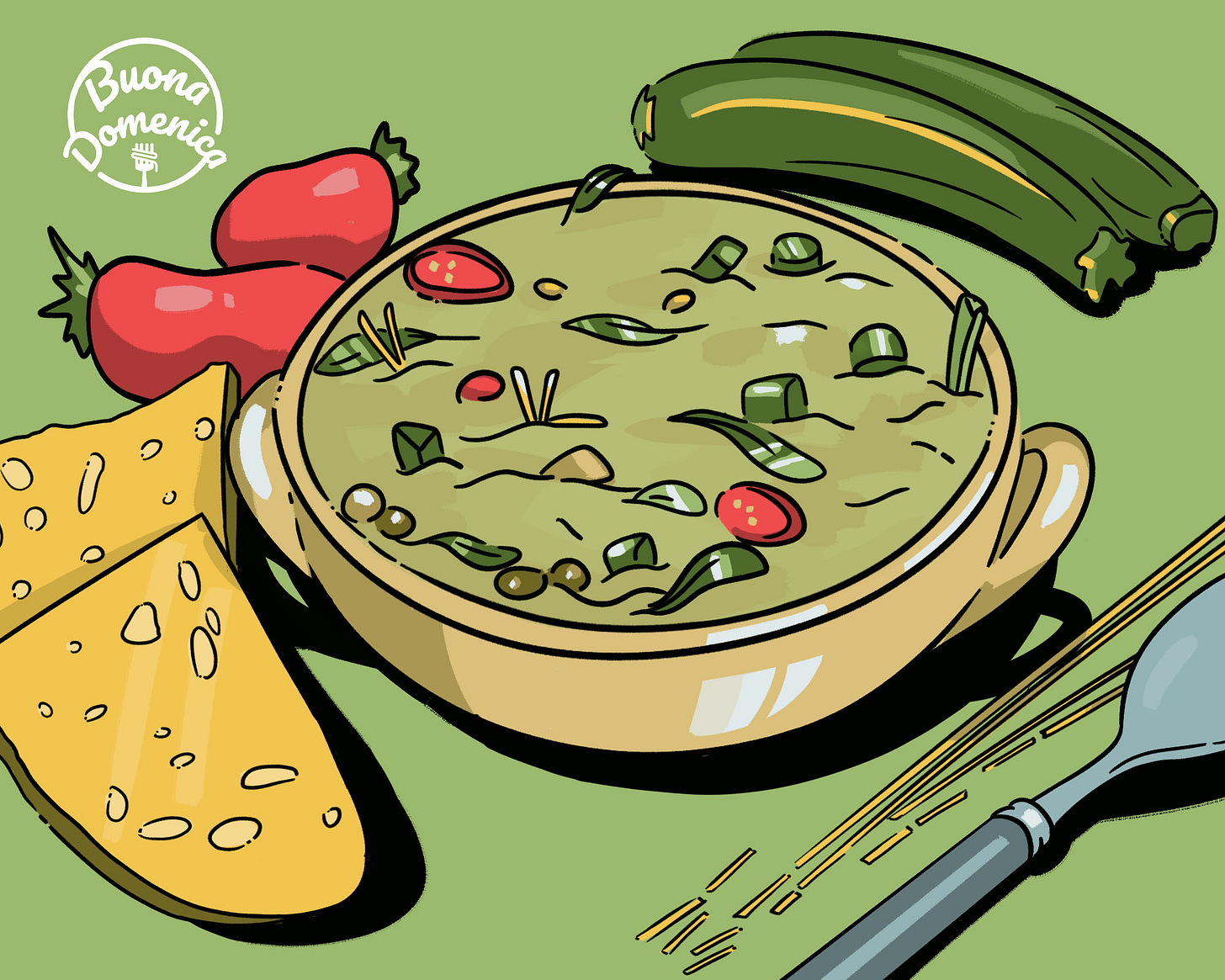
It’s soup season!
You read that right, and I am not crazy. A lot of people put away their soup pots as soon as the first bead of summer sweat forms on their brow, but I am not one of them. I could no sooner stop making soup in summer than I could stop breathing. And I’m not just talking about cold soup like gazpacho or vichy…
Keep reading with a 7-day free trial
Subscribe to Buona Domenica to keep reading this post and get 7 days of free access to the full post archives.



